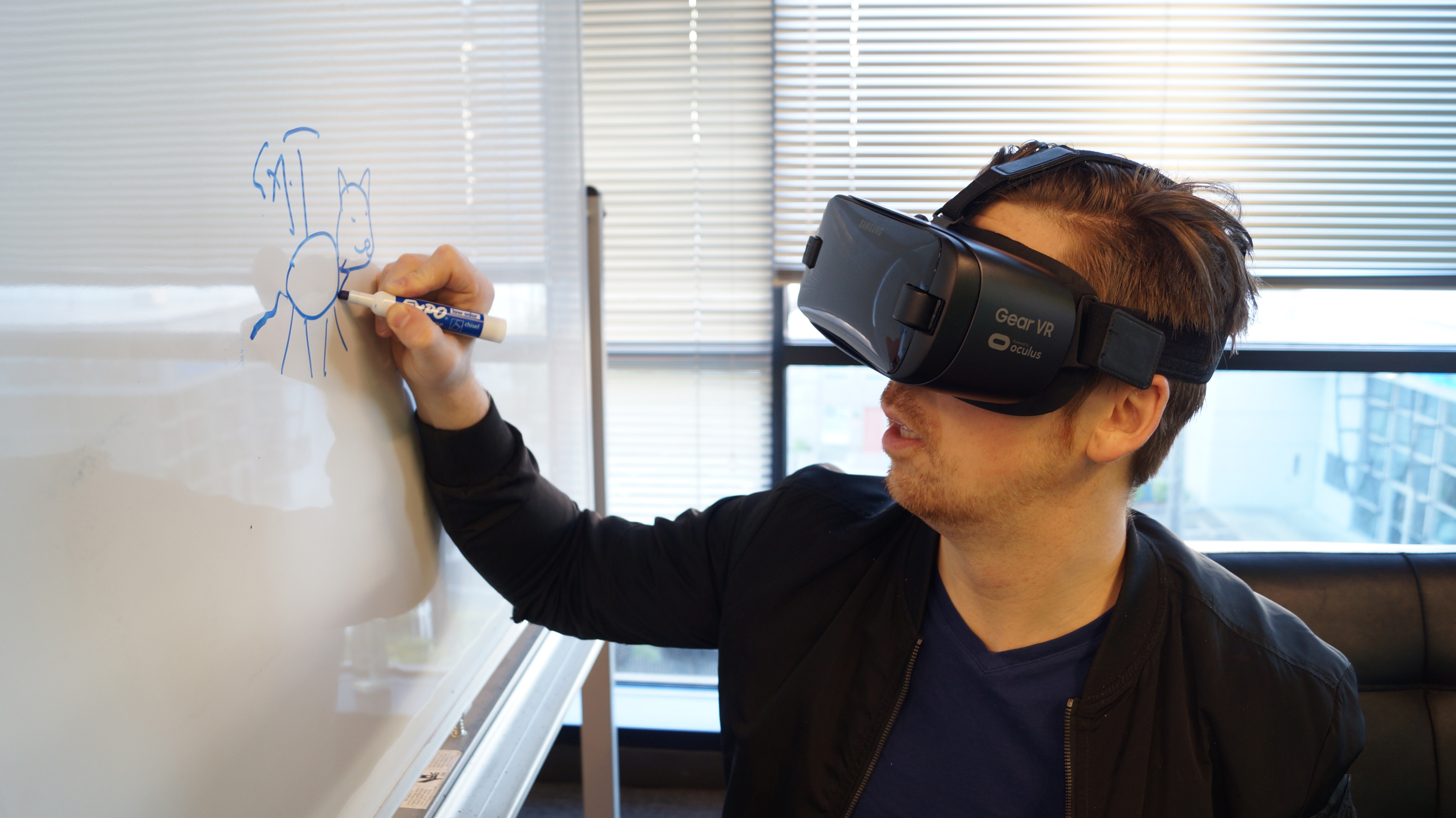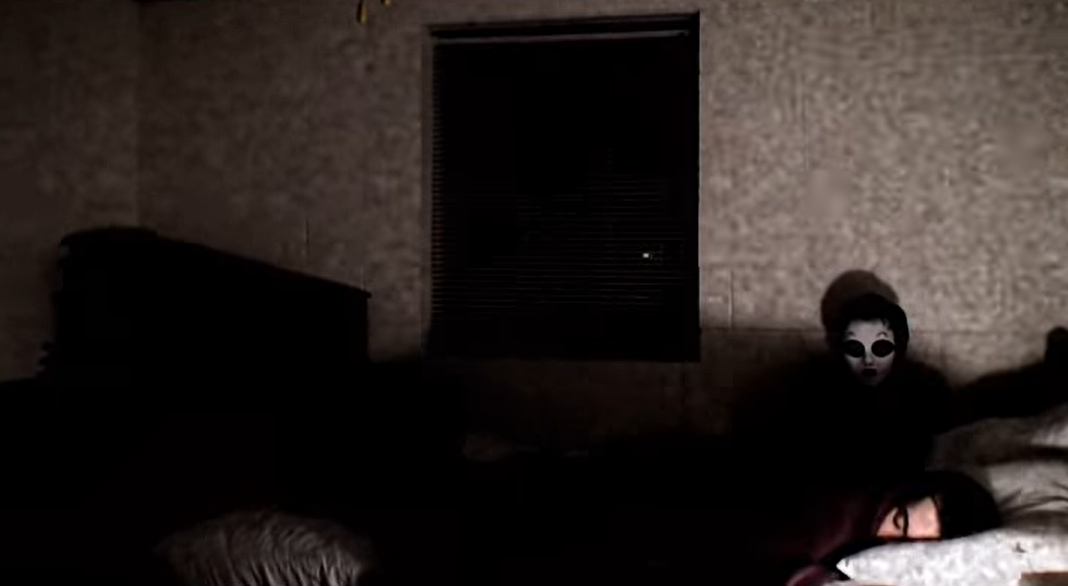
The transcendent art of transmedia storytelling

Art is rarely straightforward to classify. Although artists may perhaps expend a sizeable total of time contemplating the benefits of presenting their operate in a certain medium, it is common for a lot of to acquire and adhere to a specialized niche of presentation. No make any difference if they’re identified for succinct haiku or visually arresting collage, an artist breaking absent from the medium they are best regarded for is newsworthy gossip. This leads us to a dilemma: what of people operates which use quite a few artforms and tactics to inform a solitary, cohesive tale?
Transmedia storytelling is the art of delivering an knowledge through several mediums and formats. The transmedia aspect of transmedia storytelling lies in its multitudes: the very mother nature of this kind of artwork begets plurality. Regardless of whether you are piecing alongside one another a fictional narrative composed of cryptic tweets and YouTube vlogs or combing by means of personalized-built web-sites hunting for a character’s phone variety, the transmedia style thrives in complexity and innovation.
From incidental exhibit to purposeful immersion
In spite of its modern-sounding name, transmedia is not a new phenomenon. The style has its roots in the 1960s Japanese apply identified as media blend: a technique of distributing material relating to a one house throughout several platforms. By delivering tale-relevant content in the type of tie-in demonstrates, online video online games, toys and extra, media combine turned an productive approach for promoting mental home whilst making it possible for for the growth of a supplied property’s universe. Currently, we are common with the electricity of international franchises this sort of as Pokémon and The Marvel Cinematic Universe (MCU), but it was media combine which paved the way for the enormity of these qualities.

Armed with the knowledge of this historical past it is simple to assume transmedia to be devoid of creative benefit, and nothing much more than one more company advertising approach. Nevertheless, media blend paved the way for the emergence of interactive transmedia actions in the 1970s and 80s. Cybernetic artwork will involve the use of digital and electronic comments as a way of creating and inspecting art. In the same way, telematic art refers to the use of telecommunications as an artistic medium. In equally of these artforms we see a expanding desire in experimentation with new systems, alongside the improvement of the role of the viewers. Once observers and reactors to static, unchanging artwork, now the audience turns into an lively participant in the development of artwork by virtue of their responses. These days, cybernetic and telematic art are grouped underneath the transmedia umbrella. The two techniques brought about transmedia storytelling to be synonymous with immersion, the use of slicing-edge systems, and a responsive, collaborative relationship concerning creators and their viewers.
Alternate Actuality Games and the role of advertising and marketing
Of study course, the tale of transmedia storytelling does not conclude in the 80s. In the late 1990s The Blair Witch Project was released: a supernatural horror movie which garnered beneficial responses for its use of the uncovered footage storytelling framework. Found footage presents artwork as if it ended up at first created for a different function, and later on found by a further social gathering. By presenting the film’s tale as in-development (and deserted) documentary footage, Blair Witch constructs a veneer of actuality which enables for more suspension of disbelief on the aspect of the viewers. Nonetheless, this blurring amongst fiction and reality does not cease at the filming. The marketing workforce driving the film made a quantity of pretend police studies, newsreels, and even a website detailing occasions from inside the motion picture as if they have been component of a correct murder investigation. These strategies brought about lots of to think that they had been in reality observing a true documentary, and protection of real situations. In this tactic we see echoes of media blend, cybernetic artwork and telematic artwork as artistic predecessors. As an alternative of just presenting an onslaught of mediums to improve audience interest, capitalising on the energy of telecommunications technological know-how or directly involving the audience in the resourceful procedure, we see a job which actively tries to make a tale indistinguishable from our individual reality…and this made The Blair Witch Job wildly popular.

Advertisers and artists alike took be aware of Blair Witch’s results. The 90s and 2000s gave rise to the Alternate Reality Video game (ARG): a storytelling unit which takes advantage of the real world as a platform. The founding principle of ARGs is T.I.N.A.G., or This Is Not A Game: the thought that just one have to endeavor to maintain immersion for the audience at all expenditures. The use of technology, social media, blogs, actors, wikis, serious-everyday living locations, discussion boards, online games and more are all employed in the provider of convincing individuals interacting with an ARG that they are going through something authentic. In 2001, the Steven Spielberg film Artificial Intelligence: A.I. was unveiled alongside what is broadly viewed as to be the to start with real ARG, named The Beast. Concealed in the credits for a trailer advertising and marketing the film was the title of 1 ‘Jeanine Salla, Sentient Device Therapist’. Intrepid viewers who searched this name on line ended up uncovering a layered narrative linked but exterior to the plot of the movie, employing a technique of sites to supply fragments of info. In the genuine spirit of transmedia this facts was not just delivered in a solitary block of text inside a backlink, but as a substitute needed active dilemma-resolving and collaboration for effective progression by way of the story. Not only were being the viewers getting convinced of the actuality of these events, but they grew to become included with the story itself, as if they were being figures in a match.
The Beast was so admired for its scope and complexity that it spawned its very own fans. The most active of these followers have been a Yahoo team named The Cloudmakers: men and women knowledgeable of the fictitious mother nature of The Beast, but whom even now participated in the enjoyable of piecing together the story as if it ended up genuine. This team of Internet detectives pooled with each other their skills and methods in buy to get well story-linked clues remaining by the ARG’s internet marketing crew, successfully reconstructing a deliberately deconstructed story. With this dynamic came the arrival of an totally new type of transmedia storytelling, redefining the roles of artist and audience and mixing them collectively as 1, interactive working experience.
Unfiction and the legacy of transmedia storytelling
A person might talk to: how did groups like The Cloudmakers converse so properly right before social media was well-liked? The remedy, as with quite a few on line collaborative ventures of this time period, lies in boards. In the early 2000s, ARG specialist Sean Stacey created the internet site unfiction.com. This forum space served as a compendium and investigative house for lovers of ARGs and comparable projects. As the unfiction.com person foundation grew, it became evident that some assignments – when undoubtedly of desire to the ARG neighborhood and very similar in both of those tone and execution – did not in shape beneath the ARG label. Some initiatives told a tale, but without an interactive aspect other folks were restricted to one particular or two platforms, yet obviously blurred the boundary amongst fiction and actuality. There was no definitive conditions for the kind of artwork consumers of the site would talk about, but they all had at the very least one particular of the following characteristics in common: transmedia Internet-primarily based interactive, and abiding by the T.I.N.A.G. theory.

The amount of names which have been proposed and used to this artform are numerous. Electronic Scientific studies professor Zach Whalen notes chaotic fiction, polymorphic fiction and xmedia among hundreds of presented labels. Even though ARG continues to be a dominant phrase in the group, the identify now refers precisely to initiatives which have to have player conversation in order for the story to development (i.e., participant actions immediately have an impact on the result of the recreation). Whilst Stacey and other people felt that ARGs had been a definite subgenre of this elusive artform they wished to outline, it wasn’t broad sufficient to encompass all of the jobs the community required to build and talk about. Thus, Stacey coined the expression unfiction: very virtually not-fiction. It is only in latest decades that unfiction has picked up traction in its possess community, but powerful arguments have been manufactured for its use. Unfiction analyst Nick Nocturne speaks of the electrical power of unfiction as a label: a phrase which not only pays homage to the legacy of its creators and gamers, but also succinctly defines what the style involves. It is not just fiction: it is unfiction.
As technologies, platforms and storytelling methods continue on to innovate, capturing the essence of this fascinating mode of art only gets much more tricky. Yet, there is a thing prescient about unfiction and transmedia which speaks of the human motivation to convey to tales. No issue what new mechanics we are granted or how several approaches we learn to develop new, appealing narratives, our potential and need to have to make art by no means wavers.
That, I truly feel, is comforting expertise to possess.
